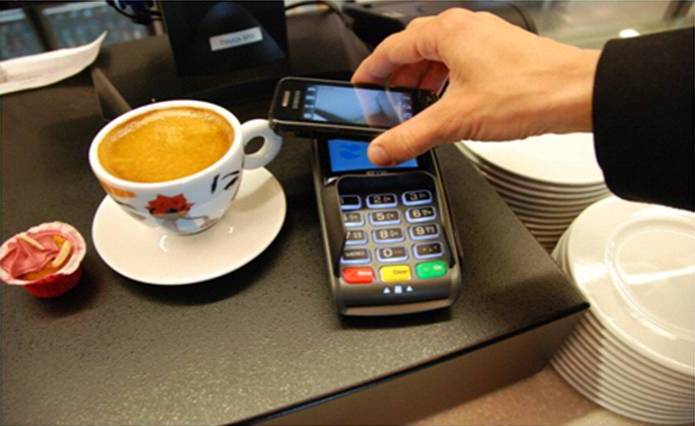According to a new study, 76% of brand marketers consider programmatic buying in mobile advertising to be an important development, but despite this enthusiasm, relatively low numbers of marketers are currently purchasing ads programmatically. The study was commissioned by the Interactive Advertising Bureau’s (IAB) Mobile Marketing Center of Excellence and conducted by Ovum.
Based on the responses of 200 top-level brand marketing executives, the new figures show that 41% marketers agreed that mobile programmatic advertising would help them reach their target audiences. However, only 27 percent of marketers in total are actually buying inventory in this way, with 18 percent using private exchanges and 17 percent using open exchanges. (Some use both).
In a press release, Anna Bager, IAB’s Senior Vice President, Mobile and Video, said, “It is clear that programmatic advertising is strongly embedded in the minds of many mobile marketers. However, there is still much work to be done before mobile programmatic can reach its full potential. IAB is committed to educating mobile marketers about the benefits of this growing format and, towards that end, recently released a Mobile Programmatic Playbook. Our efforts on the mobile programmatic front have only just begun, and we look forward to increased adoption as familiarity improves.”
The report also spotlights another development of interest to brand marketers – advertising opportunities with new-generation connected devices. Connected TVs generated the most enthusiasm (73%), followed closely behind by connected cars (69%), and wearables (66%), mobile marketers that rate themselves as fairly or very experienced at mobile seeing even greater potential for these new platforms (80% connected TVs vs. 78% connected cars vs. 75% wearables).
Strong increases in mobile advertising budgets have been a consistent bellwether of marketplace growth over the past two years, with the latest study showing 65% of marketers spending more on mobile over that period, 9% increasing their mobile budget by over 50%.
The new survey also asked about sources of mobile ad budgets. While a large share of mobile ad spend represents new ad dollars, about one-third came from substitution, in which funds from other media were shifted to mobile advertising. Most widely cannibalized were print budgets, with 58% of respondents saying they had shifted funds from this area to mobile advertising. Other budgets affected by mobile ad substitution include:
- PC/desktop digital (31%)
- TV (31%)
- Outdoor (20%)
- Radio (18%)
The vast majority of respondents were happy with the performance of their mobile ads, with 87% saying they were satisfied/fairly satisfied, and 8% saying they were completely satisfied. This has led to significant optimism for the future, with 14% of respondents indicating that they expect their companies’ mobile advertising budgets to increase by over half in the next two years and 57% saying they expect them to rise by under half.
Respondents were also asked to identify the major challenges facing mobile advertising, and the results suggest that privacy issues are becoming a growing concern. This year, 37% of those surveyed cited privacy as a very important issue compared to 22% who said the same in 2013. Rounding out the top five most important/very important mobile concerns were:
- Device operating system fragmentation (50% important, 27% very important)
- Lack of standardized metrics to measure mobile advertising (54% important, 20% very important)
- Lack of agency expertise in mobile advertising (52% important, 20% very important)
- Too many different ways to source or buy mobile inventory (49% important, 18% very important)
In the release, Mike Zaneis, IAB’s Executive Vice President, Public Policy, and General Counsel, said, “With mobile taking a more prominent role in consumers’ lives each year, an uptick in marketers’ potential concerns surrounding mobile privacy is no surprise. The IAB is in full support of the Digital Advertising Alliance’s work on this front. Its recent release of new user-friendly tools for mobile choice and transparency brings new level of consumer control to the fast-growing mobile medium.”
The study was released at the IAB Mobile Marketplace conference in New York City on March 30, 2015.
